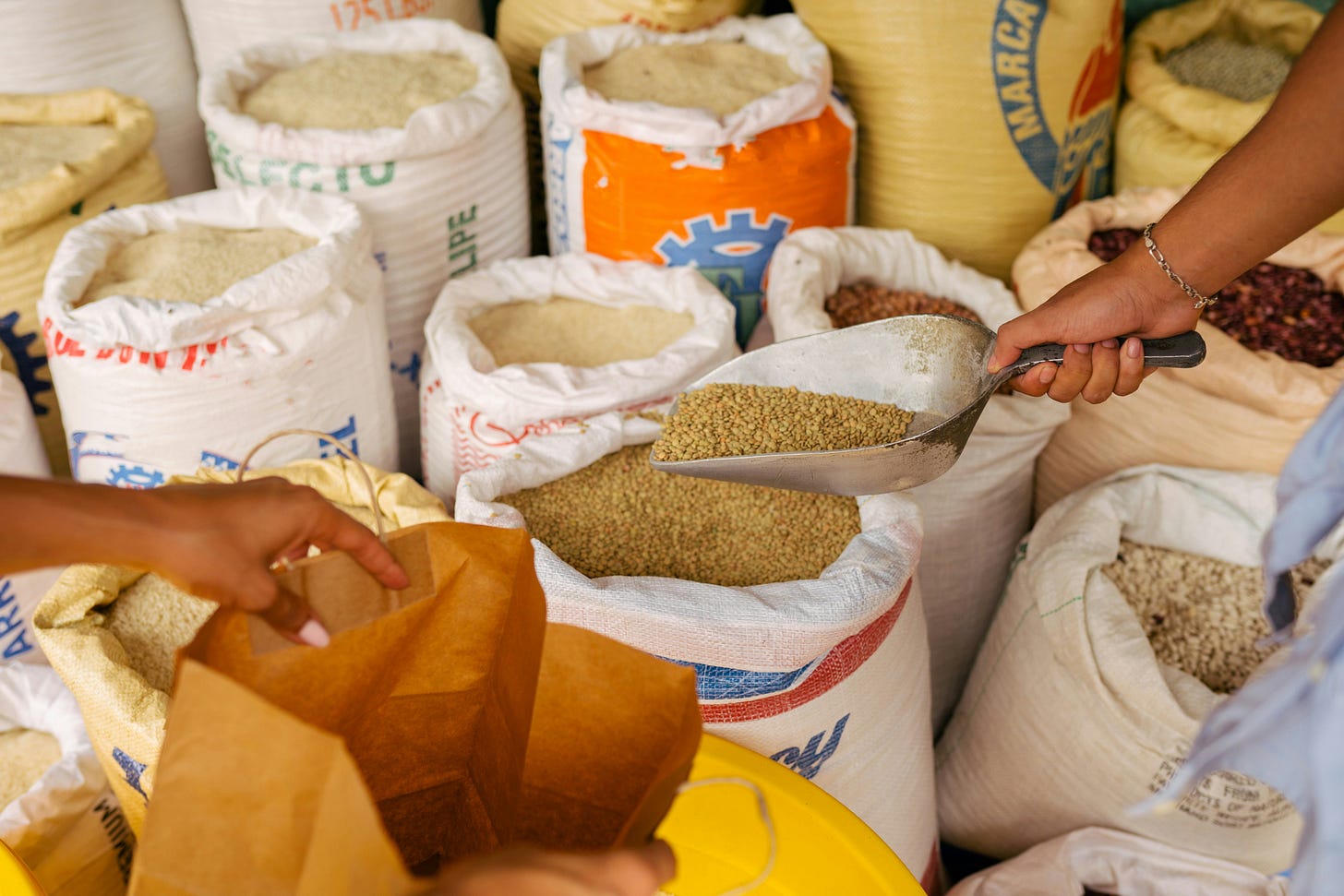Localizing Financial Innovation—A Capital to Communities Update
To improve efficiency and outcomes, public and private-sector actors should engage stakeholders to develop insights that are rooted and actionable, and to trace value-creation more effectively.
Two and a half years after we released the Capital to Communities report, we see the access of local communities to capital that supports climate risk reduction and resilience building threatened, around the world. We also see increased interest in "localization", finding new strategies, mechanisms, partnerships, and funding structures, for getting resources to those who can deploy them locally, to reduce waste and the incentive for alternative uses of those funds.

The Capital to Communities report centered on the core insight that we need to understand value as precisely, coherently, and comprehensively as possible, and everyone's perspective can make us smarter.
A Crucial Decision Point
The crucial decision before us is whether we will choose a future that favors the health and resilience of both nature and people, or whether we will surrender to corrosive forces that ignore science, suppress and delay justice, destroy nature, and disregard rights.
The Bridgetown Initiative, launched by Barbados Prime Minister Mia Mottley, aims to reconfigure sovereign debt arrangements, to ensure vulnerable countries are not punished for their vulnerability. Success would mean those who fund climate pollution are not able to profiteer from the harm they cause by imposing high interest rates on disaster-related loans. Overall, the aim is to ensure financial arrangements build value for all involved in real and lasting ways. The effort has become a reference for a wider project of vulnerability-sensitive debt relief.
Inequality Holds Back Progress in All Areas
Income inequality is a major driver of the breakdown of trust we see around the world, and it operates across a range of overlapping dynamics:
In 2020, analysis showed that policies in the US designed to shift new income from labor to capital had shifted US$50 trillion to the wealthy from everyone else.
By 2014, an in-depth study showed that decades-long trend had left 90% of the US population with the same total wealth as the wealthiest 0.1%.
Income inequality was also spreading across the G20, the 20 largest economies accounting for 80% of global economic output—suggesting the global economy will eventually face a steep “correction”, as markets begin to reflect the reduced buying power of the vast majority of people.
In 2024, the International Monetary Fund reported that too much new income going to financial gains, instead of material delivery of goods and services, can exacerbate inequality and lead to reduced macroeconomic growth and stability.
Income inequality between nations is a potential source of instability, but wealthy countries also have segments of their populations that live with hard-to-escape conditions of long-term poverty.
Localizing Goals, Resources & Benefits
Both critics and champions of established development finance show increasing interest in localization. The reasons vary, as do the preferred definitions, but there are two main virtues of localization that seem to have support across diverse perspectives:
Funding for value-building, sustainable development needs to get to the places where it will improve lives, livelihoods, and long-term outlook, more efficiently.
Strategies and metrics to track performance need to be more relevant to local conditions, so more can be achieved in the short-term, and the benefits can endure, attract further investment, and compound positive effects.

Infrastructure could be a solution.
The G7 group of industrialized democracies has committed to expand support for investment in infrastructure, and is seeking to balance those new investments to address foundational economic needs while also supporting the deployment of new industries and practices that are more sustainable.
In other words, if ports, roads, and railways are needed to make climate-smart food production and distribution more efficient, then those investments need to be properly credited with supporting that added resilience value—at least to the extent that they do.
Multidimensional Performance Insights
Climate Civics International is working with the Good Food Finance Network to support development of multidimensional performance insights. The 2024 Blueprint for Data Systems Integration notes the need to support innovative modes of secure cross-referencing between disparate data systems, which operate on hard-to-align timescales, serve distinct geographies and communities, and focus on diverse ways of assessing and reporting value.
A vital piece of the puzzle must be the local intermediaries that provide data services and right-scaled local financing.
These small local businesses might operate as nonprofits, for-profits, or cooperatives. They could be subsidiaries of larger institutions, of government agencies or private banks. A key to their success will be their ability to make connections between practices that build value by improving climate risk and resilience, restoring nature, and keeping watersheds healthy and clean, while providing the financing that improves livelihoods locally.
Conclusion
A participatory Capital to Communities approach can build new efficiencies and opportunities from summit to seabed, recognizing the interconnection of all sources of value, linked to the empowerment of people to mobilize new ideas for a healthier and more durable economy.
Leverage points for building overall optimized and enduring value exist throughout the web of summit to seabed connections. Each of those leverage points becomes investable with locally rooted, relevant, and actionable insights, and investment to drive measurable improvements.
Stakeholders should be welcome in the process of designing financial arrangements and treated as a core driver of success. We recommend all financial institutions connect with stakeholders and develop their own metrics for operational resilience value.
This is a summary of the Capital to Communities update Localizing Financial Innovation, which is published through the Climate Value Exchange.





